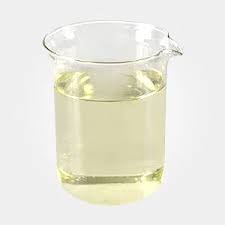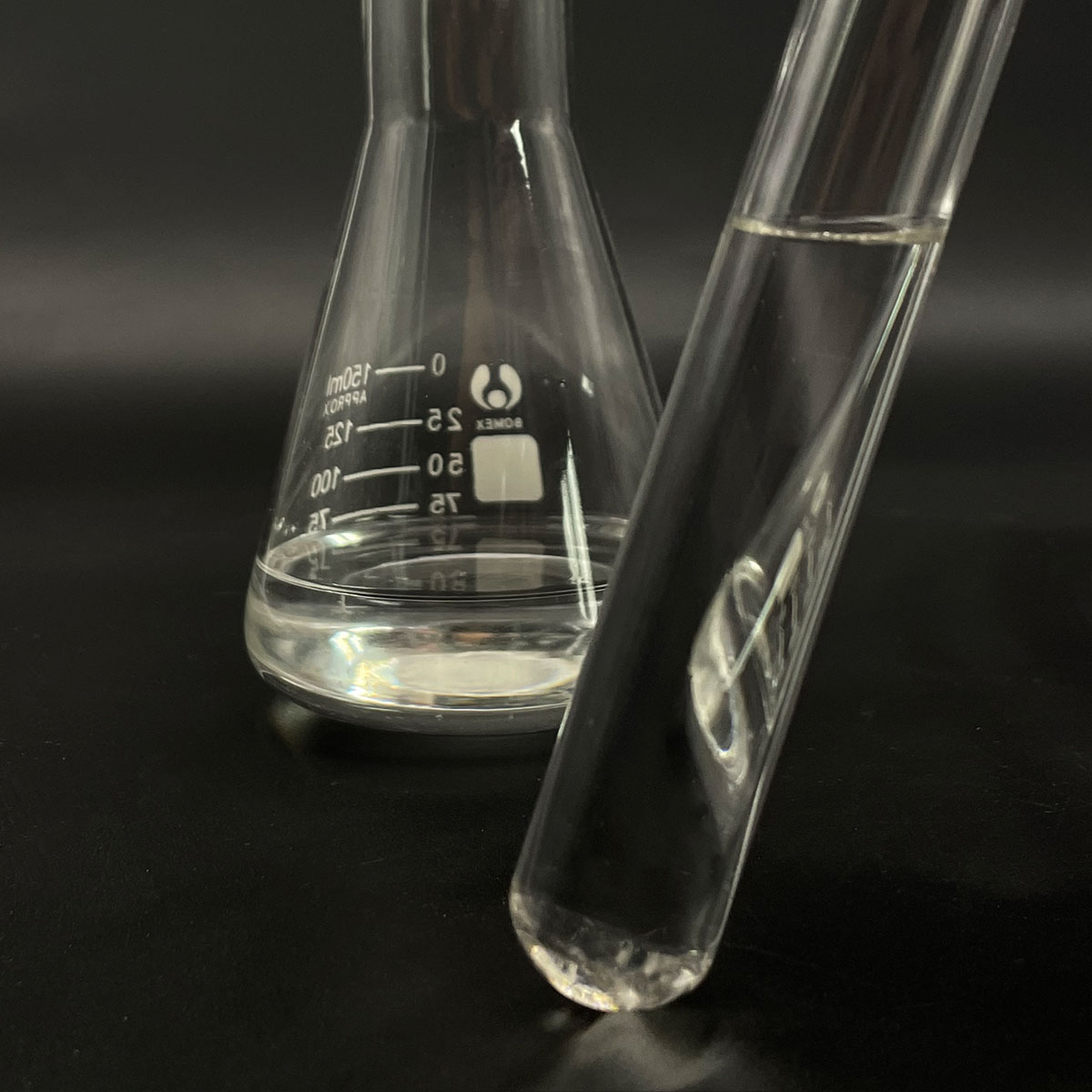**The Hidden World of Surfactants: Where Do These Tiny Miracle Workers Live?**
(Where Is Surfactant Found)
You use them every day. You might not know their name, but they’re busy working behind the scenes. Surfactants are like the invisible helpers of the modern world. They’re in your soap, your shampoo, even the air you breathe. Let’s go on a hunt to find where these tiny molecules hide.
Start with your morning routine. You pick up a bar of soap. Surfactants are there. When you lather up, they jump into action. Their job is simple. One end of the surfactant loves water. The other end hates it. This split personality lets them grab onto grease and dirt. They pull the grime off your skin and trap it in water. Without them, soap would just slide over oily hands.
Move to the kitchen. That dish detergent fighting last night’s lasagna pan? Surfactants again. They break down stubborn cheese and sauce. They make bubbles, sure, but their real magic is making water “wetter.” By lowering water’s surface tension, they let it sneak into tiny spaces. That’s how your dishes get clean.
Check your laundry room. Detergents are packed with surfactants. They attack stains on clothes. Oil from pizza, grass from soccer practice, coffee spills—surfactants surround them. They lift the mess away so water can wash it down the drain. Ever wonder why your gym clothes smell less after a wash? Thank surfactants.
Now look closer. Surfactants aren’t just in cleaning stuff. They’re in your toothpaste. When you brush, they help spread the paste evenly. They create foam to carry away food bits. They even help fluoride stick to your teeth. No surfactants, and toothpaste would feel like chalky mud.
Walk outside. Raindrops on a car window bead up. But after a car wash, water spreads smoothly. That’s surfactants in the wax. They make water slide off, keeping the car shiny. Farmers use them too. Pesticides and herbicides mix with surfactants to stick to plant leaves. Without them, sprays would drip into the soil and waste money.
Dig deeper. Surfactants live in unexpected places. Firefighters use them in foams to smother flames. The foam coats fuel, cutting off oxygen. In medicine, surfactants help drugs dissolve. Pills, inhalers, creams—they rely on these molecules to work properly. Even your lungs have natural surfactants. They keep air sacs from collapsing when you exhale. Babies born too early sometimes get surfactant treatments to help them breathe.
Look at nature. A duck’s feathers repel water because of natural oils. But surfactants in pollution can wreck this. Detergent runoff in rivers strips the oils. Ducks get waterlogged and cold. On the flip side, microbes in soil produce surfactants to break down oil spills. Scientists copy these to clean up disasters.
Surfactants aren’t perfect. Some harm fish or plants. Too many in rivers can cause foam piles. But researchers are making greener versions. Plant-based surfactants from coconut or corn are showing up in eco-friendly products.
(Where Is Surfactant Found)
From your shower to hospitals, from farms to factories, surfactants are everywhere. They’re tiny, but they tackle big jobs. Next time you wash your hands or do laundry, remember the unsung heroes making it all possible.
Inquiry us
if you want to want to know more, please feel free to contact us. (nanotrun@yahoo.com)




